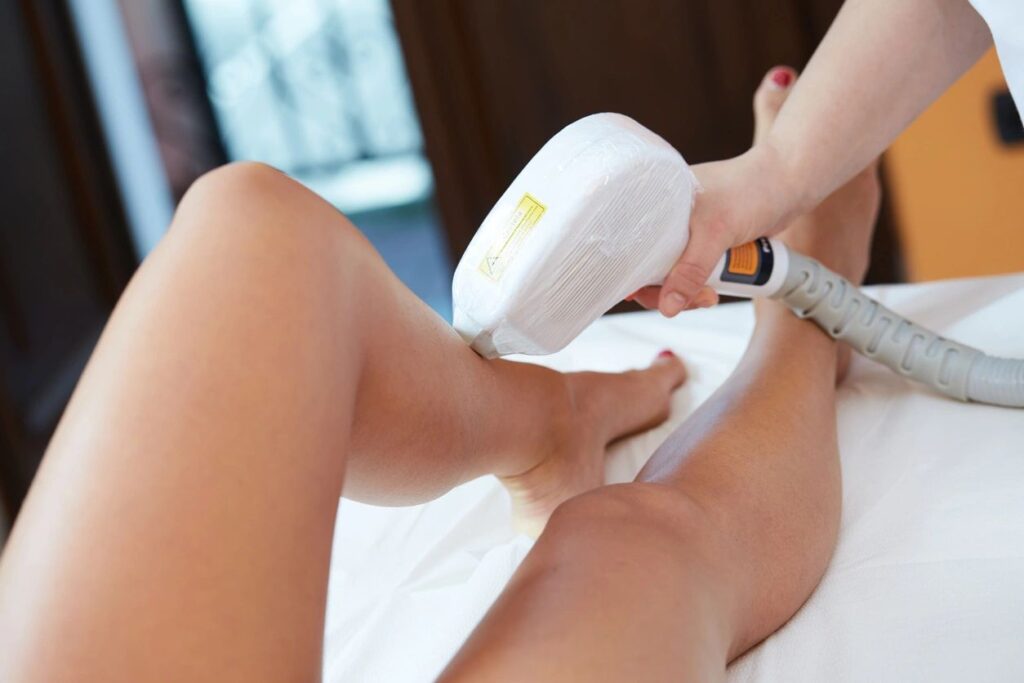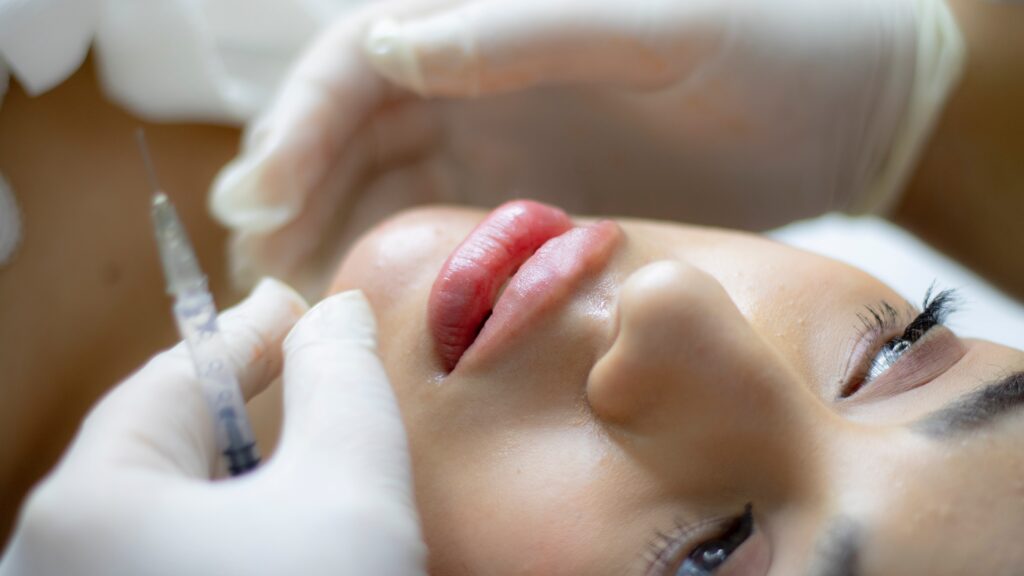Vitamin reduces the risk of skin cancer
By Robert S. Bader, M.D., Dermatologist |
The prevention of the two most common types of skin cancer and pre-cancers is possible by taking an inexpensive, widely available, oral pill twice daily. Vitamin B3 , a supplement called nicotinamide, cut the rate of new squamous cell and basal cell carcinoma by 23% among patients who were at high risk for the development of…
BLACK SALVE NOT RECOMMENDED FOR SKIN CANCER
By Robert S. Bader, M.D., Dermatologist |
According to a study published in the Journal of the American Academy of Dermatology, 74% of persons using black salve were not aware of the possible side effects of the remedy, including infection, scarring, and disfigurement. Black salve can destroy the top layer of skin, but most cancers lie beneath this layer and continue to grow….
NEW “LASER” TO TREAT SKIN CANCER
By Robert S. Bader, M.D., Dermatologist |
Every day a patient contacts me as a nearby Dermatology group is running a television advertisement of a new treatment for skin cancer that does not require surgery. Interestingly, every patient says it is a laser. Well, this is not the case. This “new” treatment is not new at all. It is electron beam treatment,…
THERE IS NO REASON TO RE-EXCISE A MODERATELY-ATYPICAL NEVUS
By Robert S. Bader, M.D., Dermatologist |
To those who are patients and those who follow my posts, you know that I am adamant that there has been an over-treatment of these atypical nevi for decades. In short, the data just does not support the removal of these lesions–PERIOD! Another study was just completed at Emory University (Atlanta) and Atlanta Veterans Administration Medical…
FDA APPROVES FIRST TREATMENT FOR METASTATIC MERKEL CELL CARCINOMA
By Robert S. Bader, M.D., Dermatologist |
The US Food and Drug Administration has granted accelerated approval to Bavencio (avelumab) for the treatment of metastatic Merkel cell carcinoma (MCC)–one of the most deadly skin cancers. Prior to this, there have been no FDA-approved treatment for this deadly cancer.
Photodynamic Therapy
By Robert S. Bader, M.D., Dermatologist |
Photodynamic Therapy Photodynamic therapy, or “PDT”, is a therapy in which a chemical is applied to the skin and left to dry for some time and the skin is then exposed to a light source. PDT is used to treat many condition, including wet age-related macular degeneration, pre-cancers of the skin (actinic keratosis), basal cell…
Radiation
By Robert S. Bader, M.D., Dermatologist |
Radiation This treatment is quite costly (often in excess of $15,000) and is usually reserved for those who are late-middle aged or elderly who are not good surgical candidates or do not wish to undergo surgery. Healing can be excellent, although 9 or more treatment sessions are needed, depending upon the depth of the tumor…
5-Fluorouracil
By Robert S. Bader, M.D., Dermatologist |
5-Fluorouracil Cream (Efudex®, Carac®). This chemotherapy cream has been used for decades for the treatment of actinic keratosis, which are pre-cancerous growths. It is also FDA approved for the treatment of non-facial superficial basal cell carcinomas (ones that are not on the face). Treatment results in mild to severe skin irritation, appearing as redness and…
Imiquimod
By Robert S. Bader, M.D., Dermatologist |
Imiquimod (Aldara®) Cancer cells are not normal cells and therefore the body can recognize the change and can kill the atypical cells. Many new cancer treatments work by boosting the body’s natural immune response to help kill the atypical cancer cells. Such treatments include melanoma vaccines. Aldara, also known as imiquimod, is a topical cream…
Excision
By Robert S. Bader, M.D., Dermatologist |
Excision The tumor along with a margin of normal appearing skin is marked with a sterile marking pen. The area is numbed with lidocaine (Xylocaine) and adrenaline using tiny needles. The tumor is cut out with a scalpel and almost always stitched together. The removed skin is sent to a laboratory and examined to ensure…









